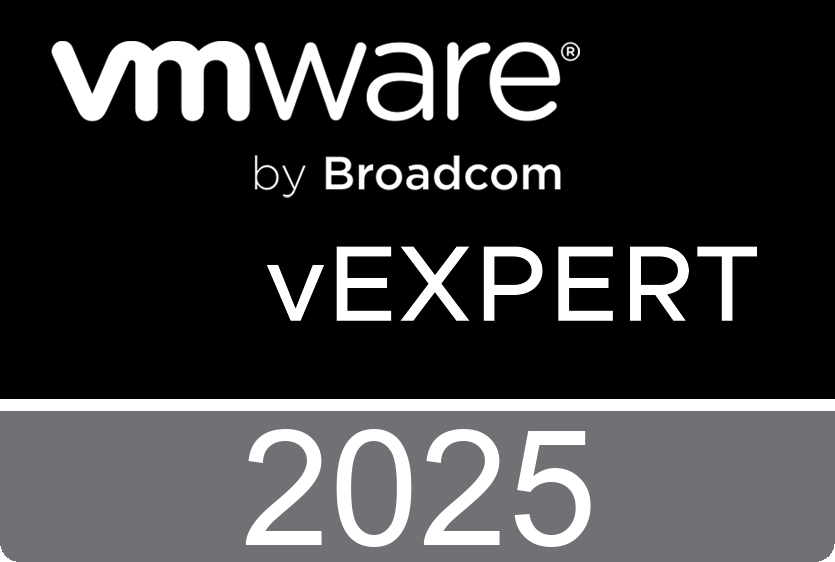While rolling out a new Workload domain the SDDC manager got stuck in a loop of deploying the NSX appliances and deleting them instantly after the deployment finished. The interesting thing was that one out of the three VMs got deployed and started without problems.

The cause of this could be found in the domainmanager logfile on the SDDC manager host
/var/log/vmware/vcf/domainmanager/domainmanager.logPowering on VM: ***-nsx01a
[..] -
[..] - Task Completed
[..] - Error: Task failed on server: The host does not have sufficient memory resources to satisfy the reservation.
[..] - Deleting VM: ***-nsx01a
[..] - Warning:
[..] - - The manifest is present but user flag causing to skip it
[..] - Completed with errors on host ***
[..] ERROR [vcf_dm,677263b484ddb203cdedfa721556dc85,fe4c] [c.v.v.c.f.p.n.a.DeployNsxtManagerAction,dm-exec-1] Deployment of NSX Manager failed using OVF tool
[..] DEBUG [vcf_dm,677263b484ddb203cdedfa721556dc85,fe4c] [c.v.v.c.f.p.n.a.DeployNsxtManagerAction,dm-exec-1] Found error message - [Error: Task failed on server: The host does not have sufficient memory resources to satisfy the reservation.]
The management domain was also used to run other “Management VMs” it slightly ran out of “reservable memory”. As the NSX VMs get a memory resource reservation only the first VM got enough resources for the reservation and could be powered up but there wasn´t enough for the later two.
After increasing the memory of the ESXi Hosts the deployment could be finished without any problems.

